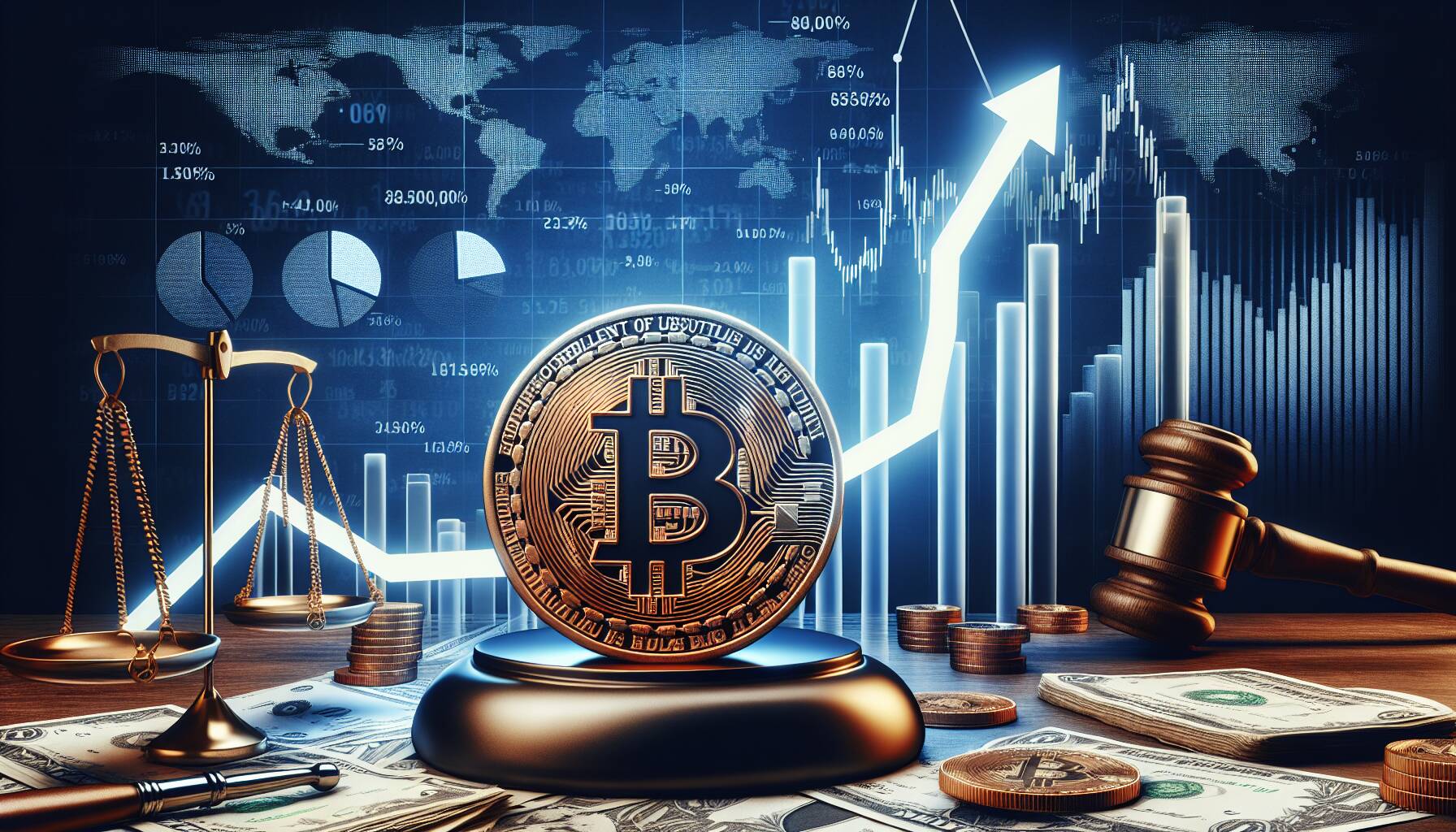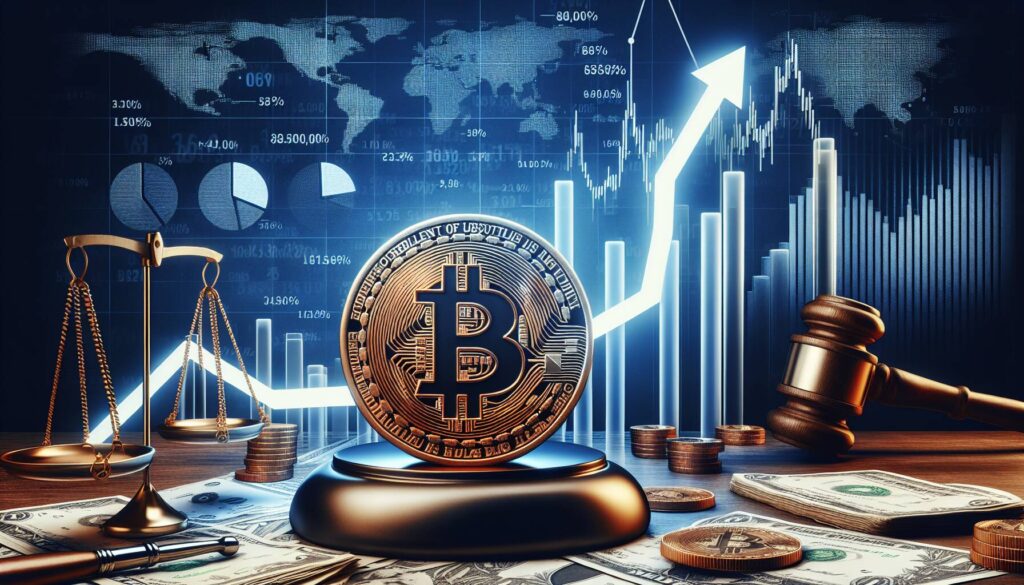Bitcoin (BTC) experienced a notable rebound, climbing above $117,000 after dipping below $112,000 earlier in the week. This resurgence in value coincided with significant developments in U.S. markets, particularly President Trump’s announcement of an executive order that paves the way for including cryptocurrencies among other assets in 401(k) retirement plans. Such moves signal a growing acceptance of digital currencies within established financial frameworks.
The upward momentum also intensified following the nomination of Stephen Miran to the Federal Reserve’s Board of Governors, a decision likely viewed as favorable by market participants. Miran, currently chairing the White House Council of Economic Advisers, is anticipated to share the president’s dovish stance on interest rates, which could encourage further investment in cryptocurrencies and other risk assets.
“The chance of a rate cut in September has surged to 95%, a significant jump from just 38% a week ago, according to the CME FedWatch tool,”
With Bitcoin climbing approximately 2% over the past 24 hours to $117,500, other cryptocurrencies have also shown positive movement. Ether (ETH) saw a 5% increase, reaching $3,867, while XRP (XRP) rose by 3.4% to $3.10. Meanwhile, traditional markets reflected a mix of sentiments, with gold trading up 1% at $3,468 per ounce and the U.S. dollar experienced mild declines.

Key Points on Bitcoin Market Developments
Recent fluctuations in Bitcoin prices and related news may impact investors and those interested in the cryptocurrency market.
- Bitcoin Price Recovery: Bitcoin rose above $117,000 after dropping below $112,000, indicating volatility in the crypto market.
- Impact of Executive Order: President Trump’s potential executive order might allow cryptocurrencies in 401(k) retirement plans, broadening investment avenues for individuals.
- Nominations Affecting Markets: The nomination of Stephen Miran to the Federal Reserve Board could influence interest rates, which in turn affects crypto and traditional market performances.
- Market Anticipation of Rate Cuts: A 95% likelihood of a rate cut by the Federal Reserve in September has emerged, which could lead to increased investment in crypto assets.
- Positive Movements in Altcoins: Alongside Bitcoin, Ethereum and XRP have also seen significant price increases, indicating a general uptrend in the cryptocurrency market.
- Traditional Market Response: Gold prices increased alongside shifts in the cryptocurrency market, suggesting a possible correlation between asset classes during times of economic uncertainty.
Market Dynamics: Bitcoin’s Resurgence Amid Regulatory Developments
Recently, bitcoin’s price surged back above $117,000 after a dip below $112,000, signaling a notable recovery not just for BTC, but for the broader crypto market. This uptick was propelled by significant news surrounding President Trump’s initiative to permit cryptocurrencies in 401(k) plans. Such regulatory advancements could provide a competitive edge for cryptocurrencies by facilitating mainstream adoption and acceptance among traditional investors who may have previously shied away from digital assets.
On the flip side, potential drawbacks include the uncertainty surrounding regulation and market volatility that often accompanies such significant changes. While the entry of institutional investors could stabilize pricing, fluctuating sentiments regarding Fed rate policy, especially in the context of Miran’s nomination to the Federal Reserve Board, introduces a layer of unpredictability. A dovish stance on interest rates, as indicated by past Fed communications, may initially benefit crypto prices but could lead to longer-term concerns about inflation and its impact on investor sentiment.
This dynamic could particularly benefit younger investors looking to diversify their retirement portfolios with crypto options, while potentially alienating conservative, risk-averse investors who prefer stable, well-established financial instruments. Additionally, mainstream financial institutions might face challenges in adapting to these shifts, requiring them to innovate quickly to maintain relevance in an evolving financial landscape.
As the market continues to react to these developments, navigating the fine line between risk and opportunity will be crucial for participants at all levels, particularly as the possibility of a rate cut looms on the horizon.

















